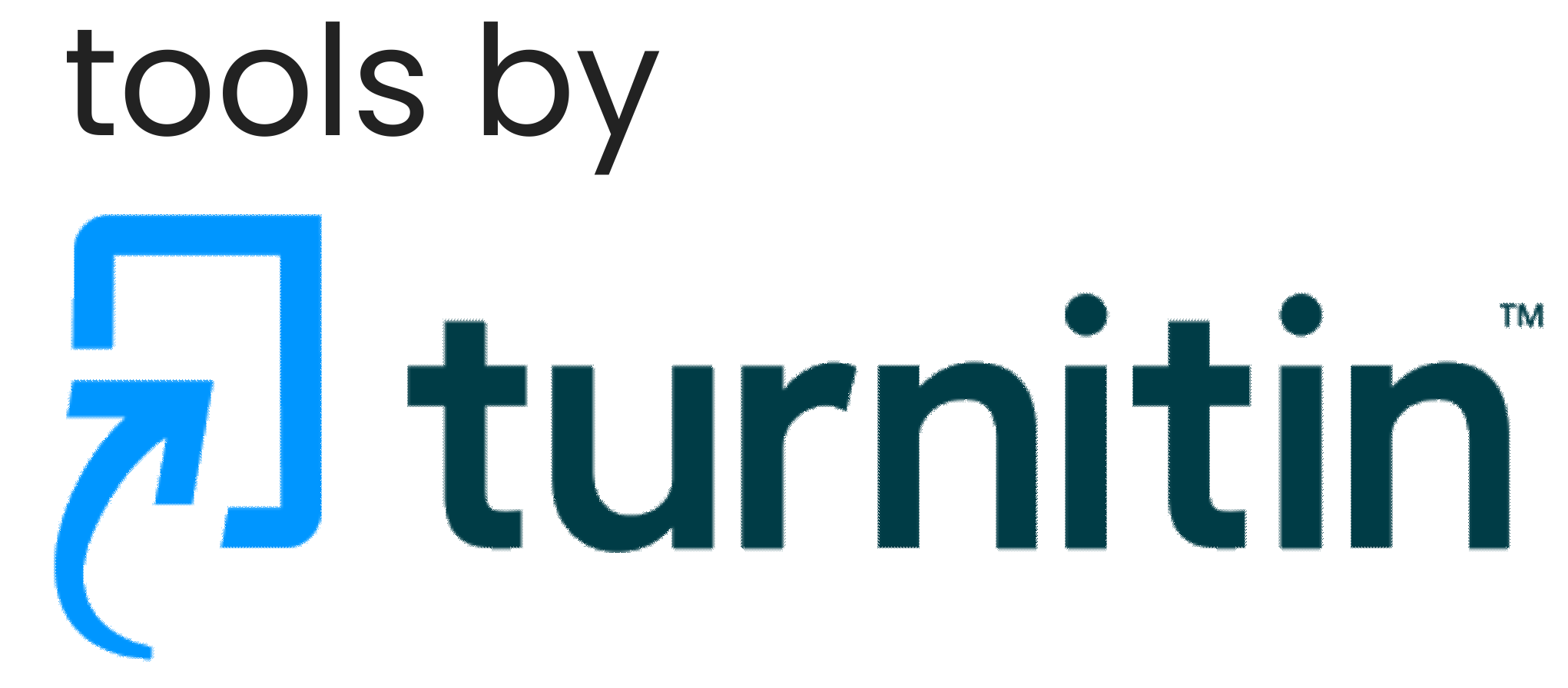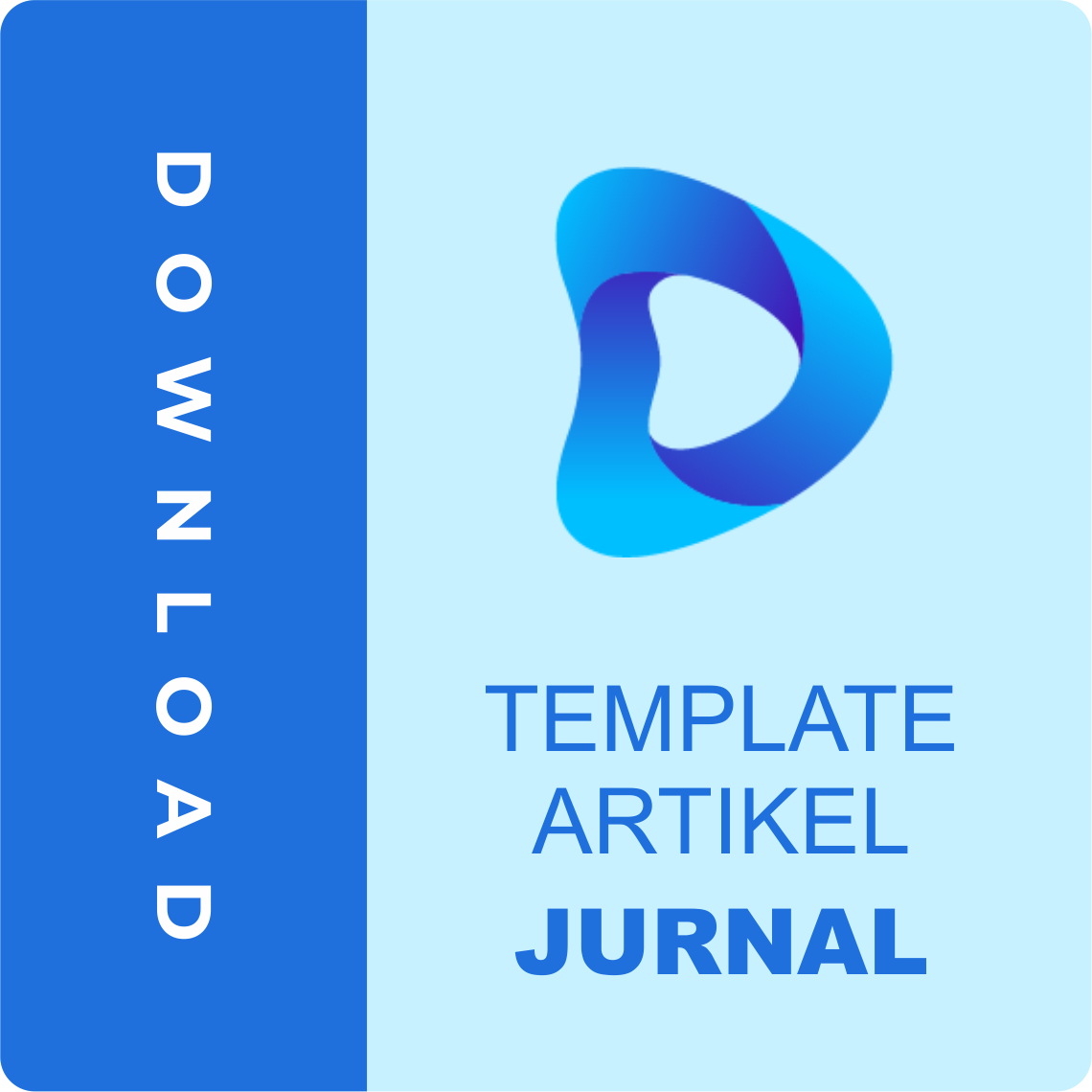Code Switching and Code Mixing Between Seller and Buyer (Analysis of Language Learning Through Sociolinguistic Study)
DOI:
https://doi.org/10.36418/dev.v3i13.298Abstract
The process of communication and social interaction creates a tendency for a speaker to take advantage of the potential of language variations. One of the language variations is in the form of code switching and code mixing to maintain togetherness in the community. Code switching and code mixing are changes in the use of certain languages or varieties of language to other languages. This study aims to describe certain forms of code switching and code mixing that are found in buying and selling activities in the market as well as the determining factors that influence the occurrence of code switching and code mixing. The design of this research is descriptive qualitative, which is located in the Songgolangit market, Ponorogo Regency. The data in this study are in the form of the use of language by sellers and buyers in the Songgolangit market during buying and selling transactions. For this reason, the form of the data is in the form of oral data. Oral data obtained from observations on buying and selling activities. The in-depth interviews with informants were carried out after the transaction took place. Data collection was carried out using the listening and speaking technique, recording techniques, note-taking techniques, and in-depth interviews. The conclusion is that the form of code switching that appears in buying and selling transaction activities is a form of language conversion from Javanese into Indonesian. Meanwhile, the form of code mixing that appears is in the form of code mixing from Javanese and Indonesian. The use of Javanese appears to be dominant in code switching and code mixing. The determinants that stand out influencing code-mixing and code-switching are the habits of speakers, speech partners, the presence of third speakers, certain topics and situations of conversation and the ability to use language based on the level of education of both sellers and buyers
Published
Issue
Section
License
Copyright (c) 2022 Khoirun Nisa

This work is licensed under a Creative Commons Attribution-ShareAlike 4.0 International License.
Authors who publish with this journal agree to the following terms:
- Authors retain copyright and grant the journal right of first publication with the work simultaneously licensed under a Creative Commons Attribution-ShareAlike 4.0 International. that allows others to share the work with an acknowledgement of the work's authorship and initial publication in this journal.
- Authors are able to enter into separate, additional contractual arrangements for the non-exclusive distribution of the journal's published version of the work (e.g., post it to an institutional repository or publish it in a book), with an acknowledgement of its initial publication in this journal.
- Authors are permitted and encouraged to post their work online (e.g., in institutional repositories or on their website) prior to and during the submission process, as it can lead to productive exchanges, as well as earlier and greater citation of published work.













